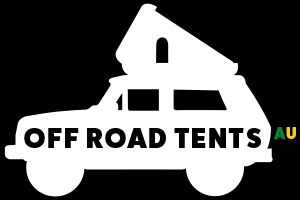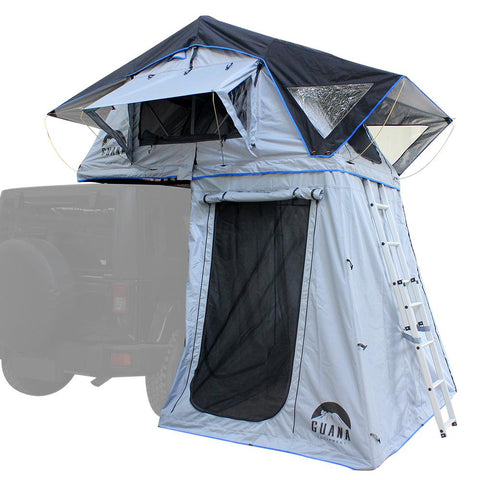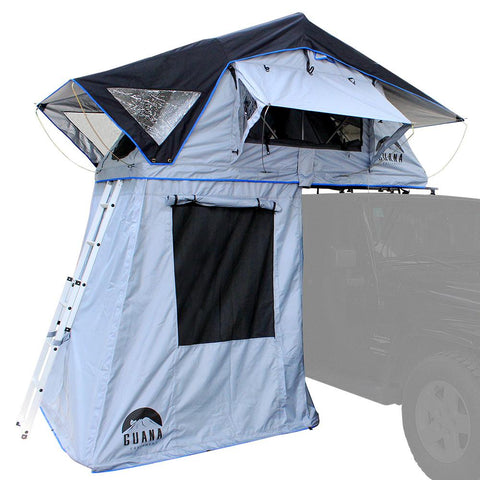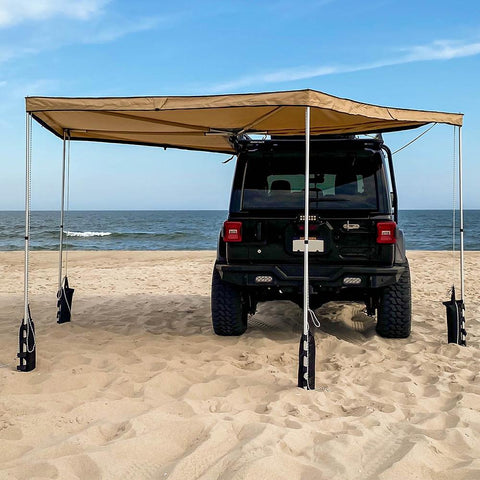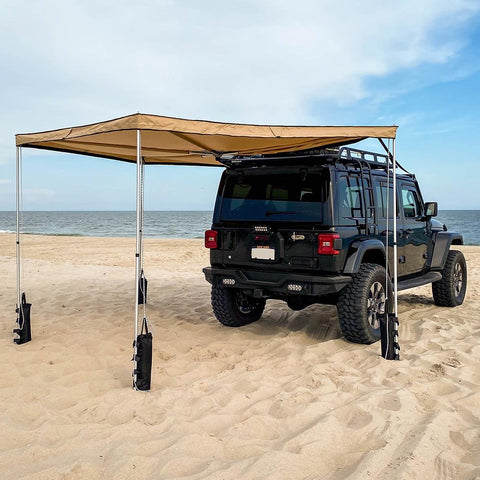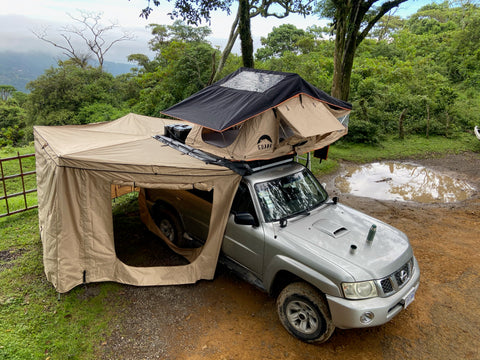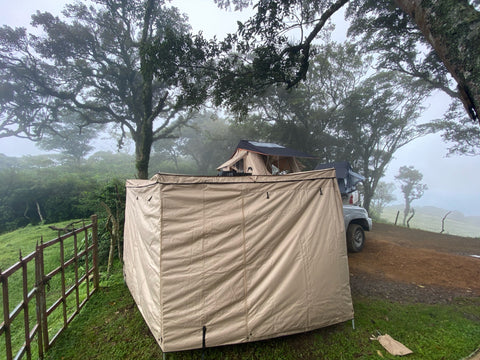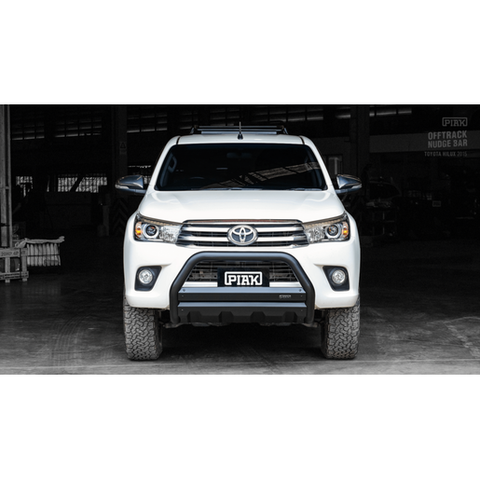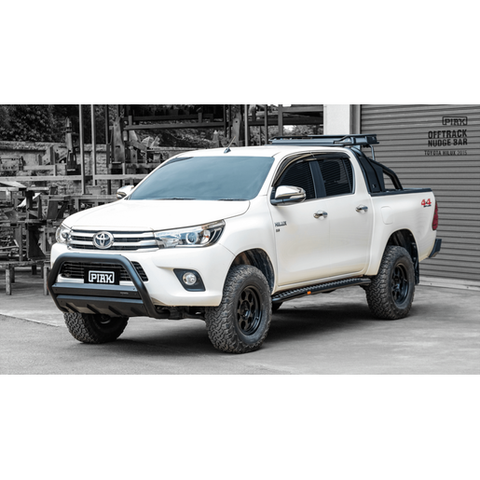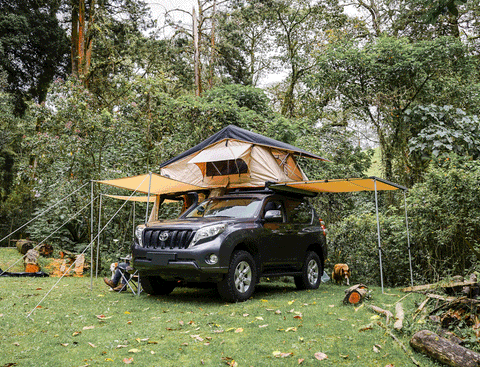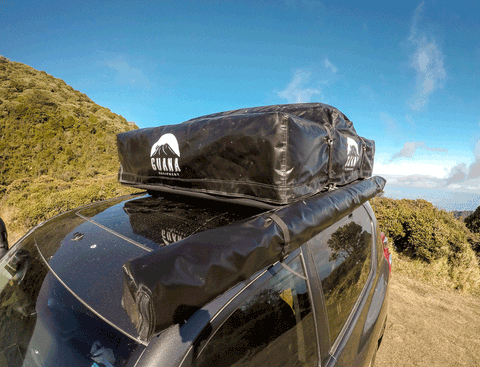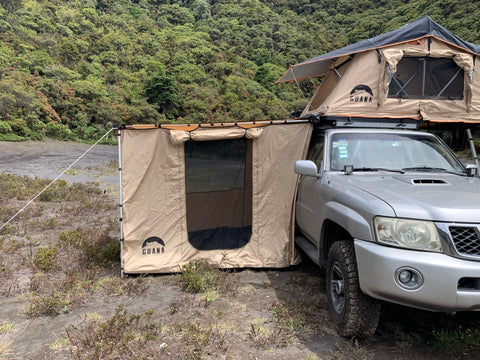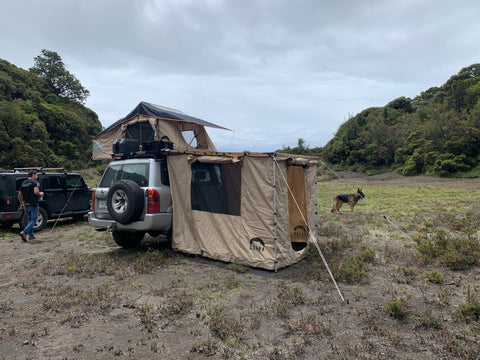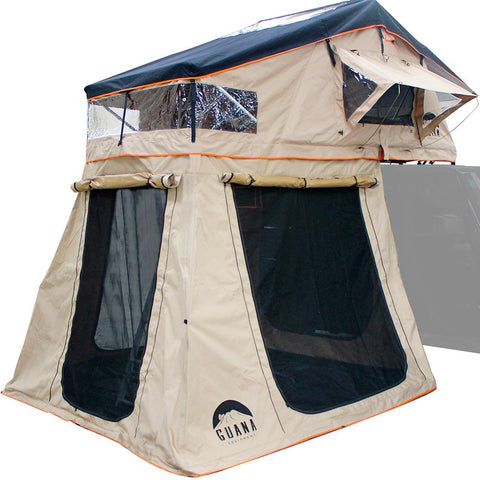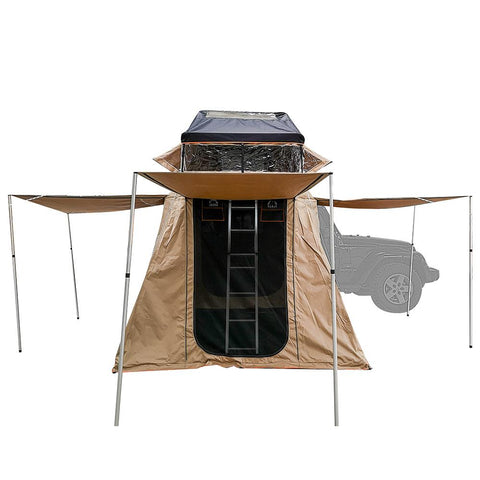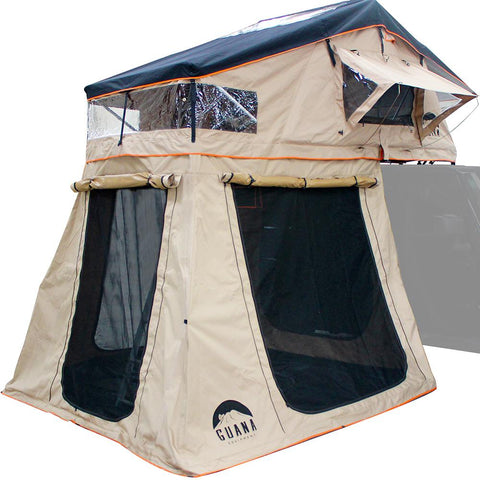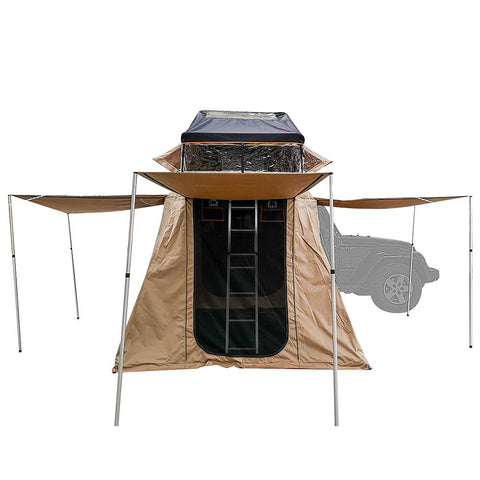Key Offroad Driving Tips For A Safe Ride
Driving off the beaten path may be adrenaline-charging and fun. However, if you are not ready for the difficult road, things are likely to turn nasty quickly. Before you start your off-road adventure, be sure you have everything you need and know what you're doing. And this is where our helpful off-road recommendations will come in handy.

Tip #1 — Understand 4X4 Lingo
Understand your gear settings and know when to use certain features. We take it that the car you are driving has an all-purpose 4-wheel-drive mode. Unlike two-wheel drive vehicles, these cars engage all four wheels and provide power to them through the powertrain:
- 4x4 gear modes — There are two modes for 4x4 gear: high and low. If the gear ratio is high, it indicates that the 2-wheel model's gear was left unchanged. Conversely, low indicates that a lower gear ratio has been selected. As a result, the powertrain reduces the maximum speed yet increases torque to every wheel. In off-road scenarios, such as becoming trapped or crawling over rocks, the latter is used.
- Differential lock — This is a reference to the wheel's rotational speed. Wheels spin at varying rates in a conventional 4x4 mode to account for the uneven terrain. On the other hand, all of the wheels spin at the same speed when the differential lock is employed. When you find yourself in a bind, this tool comes in handy.
- Approach angle — This is the highest inclination angle that a car can go down or climb without the suspension or any other body part coming into contact with the road. If you are driving on a steep slope, it is crucial to ascertain the approach angle.
- Wheelbase — The wheelbase measures the separation between the centers of the front and rear wheels.
Also, you should be aware of the capabilities and limitations of your four-wheel-drive system. Proper training can help you navigate the unique features of your 4WD vehicle and ensure safe and effective operation in a variety of driving conditions. It is just like obtaining CDL Class A for those who want to drive large commercial vehicles. Without proper training, you will hardly be able to drive safely and legally.
Tip #2 — Know Your Approach Angles & Ground Clearance
Understanding ground clearance and approach angles is essential for safe and effective off-road driving.
Ground Clearance
Ground clearance, or ride height, refers to the vertical distance between the ground and the lowest point of an undercarriage of your vehicle. It is crucial for off-road vehicles as it determines how the car navigates over obstacles without sustaining damage. What’s important to know:
- Obstacle navigation — Higher ground clearance allows vehicles to cross greater obstacles, such as rocks and logs, without risking undercarriage damage. For instance, a clearance between 8 and 10 inches is generally fit for moderate off-road conditions, while 10-12 inches works better for challenging terrains.
- Terrain adaptation — Different terrains require varying ground clearance levels. For light off-roading, 6-8 inches may suffice, while more rugged conditions necessitate higher clearances to avoid damaging the vehicle or getting stuck.
Ground clearance measurements:
- Light off-roading — 6-8 inches
- Moderate off-roading — 8-10 inches
- Challenging off-roading — 10-12 inches or more
Approach Angles
Approach angle is the maximum angle at which a vehicle can approach an obstacle without the front bumper hitting the ground. It is a critical measurement for off-road vehicles, as it affects their ability to climb steep inclines and navigate rocky terrain without damage. What’s important to know:
- Obstacle clearance — A steep approach angle allows a vehicle to ascend obstacles without dragging the front bumper. This is particularly important when climbing hills or navigating rocky paths.
- Vehicle design — The design of the vehicle, including the shape of the bumper and the height of the suspension, influences the approach angle. Vehicles designed for off-roading often have optimized approach angles to enhance performance on rugged terrain.
Tip #3 — Read the Terrain
When off-roading, understanding the challenges posed by different terrains is key for a safe and fun experience. Each type of terrain presents unique obstacles and requires specific driving techniques.
Mud
- Maintain momentum — Keep a steady speed to prevent situations where you get bogged down. Sudden stops can lead to sinking.
- Use low range — Engage low-range gearing for greater torque and control.
- Avoid spin — If you start to spin your tires, ease off the throttle to regain traction rather than flooring it.
Sand
- Lower tire pressure — Reducing tire pressure increases the tire's footprint, enhancing traction.
- Keep moving — Maintain a consistent speed to avoid getting stuck. Slow down gradually when approaching obstacles.
- Avoid sharp turns — Smooth, gradual steering inputs help maintain control and prevent digging in.
Rocky Terrain
- Choose your line — Plan your path carefully to avoid large rocks and deep ruts.
- Use spotters — If possible, have someone outside the vehicle guide you through tricky sections.
- Slow and steady — Approach obstacles slowly to maintain control and prevent damage.
Hills And Inclines
- Approach gradually — For ascents, build momentum before the hill; for descents, use low gear to control speed.
- Brake control — On descents, use engine braking (downshifting) to maintain control rather than relying solely on brakes.
- Avoid wheel spin — If you start to lose traction, ease off the throttle to regain grip.
While it may not always be possible to survey the terrain beforehand, understanding the characteristics of each type can help you prepare mentally and physically. Always prioritize safety, and don't hesitate to turn back if conditions become too challenging. This approach will also help you pass the CDL practice test successfully.
Tip #4 — Choose the Equipment for Off-Road Driving
Off-road driving puts your car at risk for accidents and malfunctions. It's critical that you have the appropriate equipment to handle difficult terrain and recover from a breakdown. When going off-road, some essentials that shouldn't be missing are as follows:
Recovery Gear
- Snatch strap — A strong, elastic strap for towing vehicles out of difficult situations.
- Shackles — Used to connect recovery straps to vehicles or winches.
- Winch — A mechanical device that can pull a vehicle out of mud or other obstacles.
- D-Rings — Heavy-duty rings that can be attached to vehicles for recovery purposes.
Tires
- Off-road tires — These have deeper treads and are designed for greater traction on rough terrain. Ensure they are properly inflated and suited for the conditions.
Tools And Repair Kits
- Hand tool set — Includes wrenches, ratchets, sockets, and screwdrivers for on-the-trail repairs.
- Tire repair kit — Contains plugs, patches, and other tools to fix flat tires.
- Off-road jack — Designed for lifting vehicles in rugged conditions.
Inflation Equipment
- Air compressor — A portable compressor to inflate tires after off-roading, especially useful for re-inflating after airing down for better traction.
Safety Gear
- Fire extinguisher — Essential for preventing or controlling vehicle fires.
- First aid kit — A comprehensive kit to address minor injuries that may occur during off-road adventures.
Whether you are navigating rugged trails or tackling challenging terrain, having the essential equipment at hand can make a significant difference in your experience. Always ensure you know how to use your gear effectively before heading out to avoid being stranded with unnecessary equipment.
Wrapping It Up
The joy of off-roading is difficult to put into words since it is an adventure-filled pastime, yet there is a fine line between success and failure. Whether you're a seasoned driver or a newbie, there's always something new to learn to make your off-roading adventure a success. Off-roading allows you to put your driving skills to the test and push your vehicle to its limits. With the right mindset and approach, you will ensure that your off-roading adventures are both safe and enjoyable.
https://pixabay.com/photos/offroad-carpathians-landrover-3781641/
